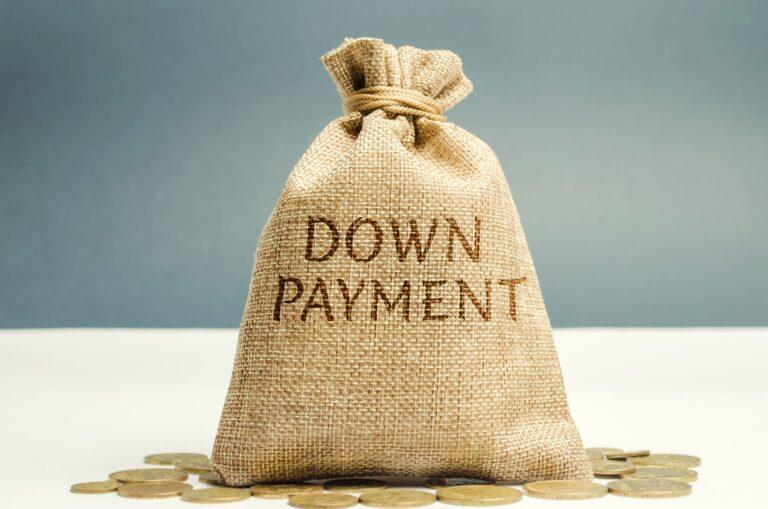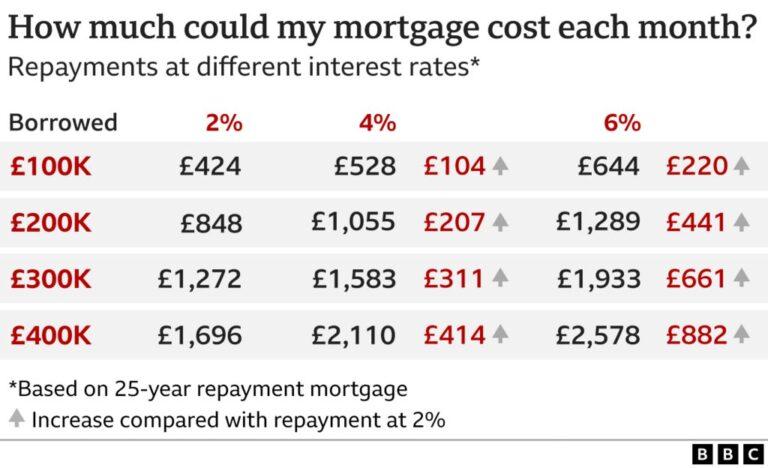Refinancing Your Home

Are you thinking about refinancing your loan? Refinancing can be a great way to save money and pay off the debt you owe faster. But what does loan refinance mean, exactly? In this blog post, we’ll explain what loan refinance means and how it can help you achieve your financial goals.
What Is Refinancing?
Refinancing is the process of replacing an existing loan with a new one. This can be done for many different reasons, such as getting a lower interest rate, extending the repayment period, or changing from an adjustable rate mortgage to a fixed rate mortgage. It is important to note that refinancing can also be used to take out equity from a home, which can be used for home improvements or other purposes. When refinancing, it is important to understand the terms and conditions of the new loan and make sure it is the right choice for you.
What Does Refinancing Mean?
Refinancing is a great way to potentially save money and improve your financial situation. It involves taking out a new loan to pay off an existing loan, and is often done to get a better interest rate or to change the repayment length of the loan. Refinancing can provide many benefits, such as reducing your monthly payments, possibly lowering your interest rate, and even consolidating high-interest debt into one loan. However, it’s important to consider the potential disadvantages of refinancing, such as additional closing costs and fees, as well as the potential impact on your credit score. It’s important to know what’s involved in refinancing before you make any decisions.
What Is the Refinance Process?
The refinancing process is similar to your initial mortgage application. A lender will assess your financial situation and decide whether you qualify for a refinance loan. This involves providing the lender with documents such as your credit report, paystubs, bank statements, and other financial information. Once you are approved, the lender will provide you with a new loan and you can then use it to pay off the existing loan. The process of refinancing can take several weeks and may require closing costs such as appraisal fees and title search fees. It’s important to weigh the potential savings of a refinance against the costs associated with it in order to determine if refinancing your mortgage is the right choice for you.
When Should You Refinance Your Mortgage?
When it comes to refinancing your mortgage, the traditional rule of thumb is to refinance if you can lower your interest rate by at least 0.75%, or reduce your loan term by two years or more. However, depending on your current financial situation, there may be other reasons to consider refinancing. For example, if your home equity has increased since taking out the loan, you may be able to refinance to access more of the equity and use it for home improvements or other expenses. Additionally, if you have multiple loans with varying interest rates, you may be able to consolidate them into a single loan with a lower interest rate or shorter loan term. Before taking the plunge and refinancing, make sure to weigh the pros and cons and crunch the numbers to see if it really makes financial sense in the long run.
What Are the Benefits of Refinancing Your Mortgage?
Refinancing your mortgage can come with a variety of benefits. One of the most common benefits is the ability to get a lower interest rate and monthly payment. Refinancing your mortgage can lower interest rates, leading to more affordable monthly payments. It can also allow you to tap into your equity, if you have any. Another benefit is that you could pay off your loan faster. Refinancing for another 30-year term after making payments for years and earning equity will lower the principal of your loan, which should in turn lower your monthly payments. This means that if you have made five years of payments on your current 30-year mortgage, you now have 25 years left on the loan. Refinancing to a shorter term will allow you to pay off your loan faster and potentially save money on interest in the long run.
What Are the Disadvantages of Refinancing Your Mortgage?
When it comes to refinancing your mortgage, there are both pros and cons to consider. While refinancing can be a great way to save money on your home loan, it also comes with certain drawbacks. One of the biggest downsides is that you may not break even. Refinancing has costs such as closing costs and fees which can take years to recoup. Additionally, you may end up increasing your monthly mortgage payments if you refinance to a loan with a higher interest rate. It is also important to keep in mind that every time you refinance, your credit will be pulled by lenders. Therefore, it is essential that you weigh the pros and cons carefully before making any decisions.
What Is Needed to Refinance a Mortgage?
When refinancing your mortgage, there are a few requirements you’ll need to meet. Generally, you’ll need to have a credit score of at least 620 for a conventional mortgage refinance, though some government programs may have different requirements. Additionally, you’ll need to provide documentation regarding other loans you’re paying off, such as a home equity loan, student loan or credit card. You’ll also need title insurance to help your lender check the taxes, names on the title and legal description of the property. Finally, you’ll need to verify your income and debt-to-income ratio (DTI). In most cases, lenders prefer that your DTI is 45%-50%, and your loan-to-value (LTV) ratio is 80% or below.
How Much Does It Cost to Refinance a Mortgage?
When you refinance a mortgage, the cost of the process can vary depending on the size of the loan and where you live. On average, homeowners can expect to pay 2% to 3% of the loan amount to refinance a mortgage. For example, refinancing a $300,000 home loan may cost up to $6,000 in closing costs. Your lender will be able to provide you with an estimate of the closing costs and fees when you apply to refinance, as well as a full statement before closing. It’s always important to ask your lender questions so that you know exactly what you’re getting into when you decide to refinance your mortgage.
What Is the Difference Between Refinancing and Home Equity Loans?
Cash-out refinance and home equity loans are two common ways of using your home’s equity to access cash. Although similar, there are some key differences between the two. Cash-out refinances replace your existing mortgage, while home equity loans are second loans that allow you to access your equity without replacing your existing mortgage. Refinancing incurs closing costs similar to your original mortgage, while home equity lines of credit (HELOC) typically have no (or relatively small) closing costs. The most significant difference is that a cash-out refinance pays off and closes your existing mortgage, while a home equity loan leaves your original mortgage intact. A cash-out refinance can be a great way to get new mortgage rates and terms, as well as a one-time source of cash. A home equity loan can provide access to a revolving line of credit that can help manage large expenses as they arise, but you will only pay interest on the amount you use. Both can be solid financial options, depending on your current situation and goals.
How Does Refinancing Affect Your Credit Score?
It’s important to understand how refinancing your mortgage can affect your credit score. When applying for a refinance loan, creditors will run a hard inquiry on your credit report, which may temporarily lower your FICO Score. Additionally, when taking out a new loan, it will show up as a new loan on your credit report and may affect your score. However, if you refinance your loan and are able to reduce your debt amount, it can help build positive credit history and can improve your overall FICO Score in the long run.





